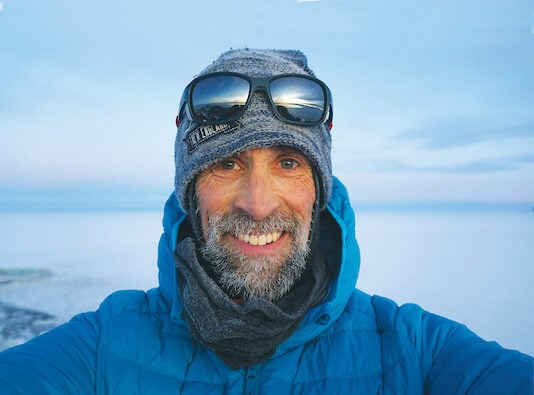
Antarctic Adventurer—and More
Since 2006, Benjamin Urmston has deployed to Antarctica’s McMurdo Station 10 times through the National Science Foundation’s United States Antarctic program.

Since 2006, Benjamin Urmston has deployed to Antarctica’s McMurdo Station 10 times through the National Science Foundation’s United States Antarctic program.
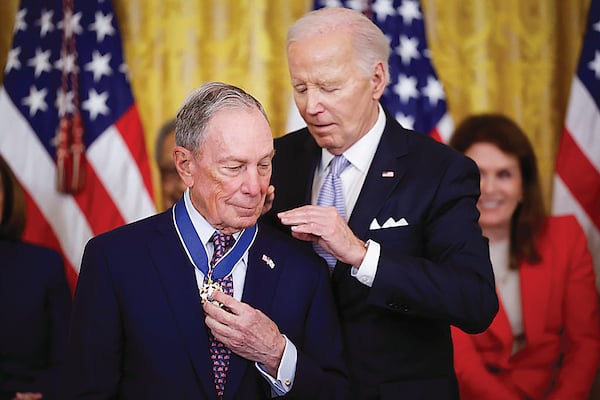
President Biden honored Bloomberg for revolutionizing the financial information industry and for transforming the state of education, the environment, public health, and the arts in New York City as its mayor from January 2002 to December 2013.
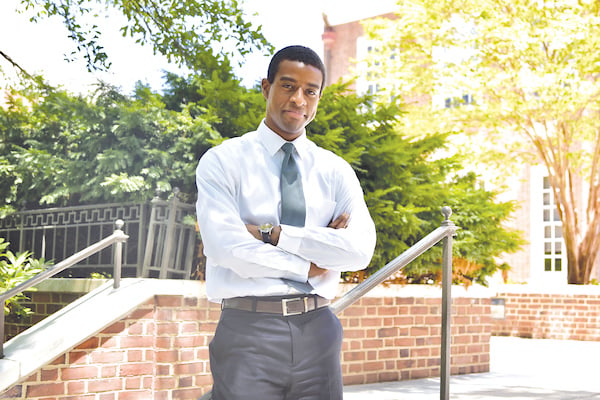
Adrian Johnston founded DUA, an early-stage startup that shows early promise for treating solid tumors like breast, lung, and stomach cancers, among others.
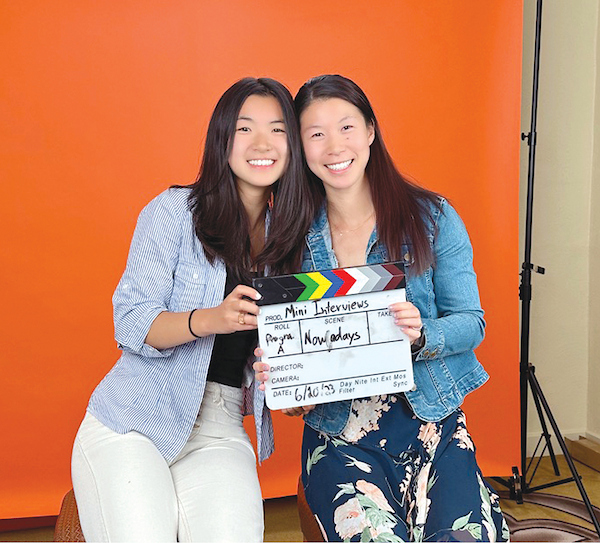
Nowadays uses artificial intelligence to automate event planning challenges in a clean, modern interface for easier decision-making.
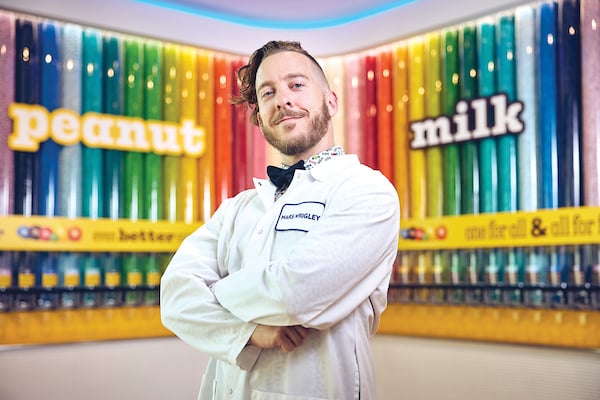
As the world’s leading manufacturer of chocolate, chewing gum, mints, and fruity confections, Mars has pledged to cut greenhouse gas emissions by 50% by 2030, and every process is up for reinvention.
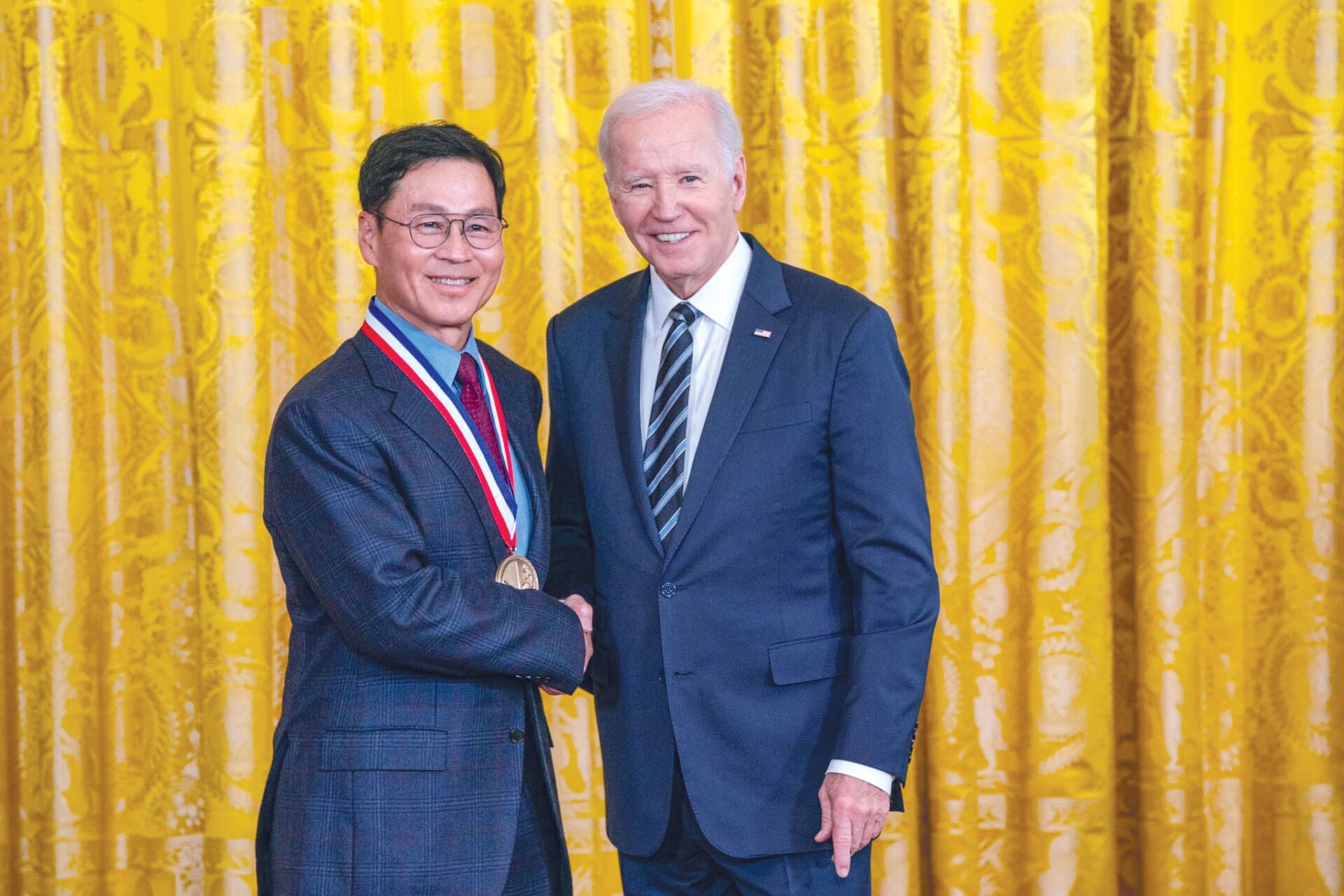
Jeong Kim ’82, MS ’89, received the National Medal of Technology an Innovation, the country’s highest award for technological achievement.
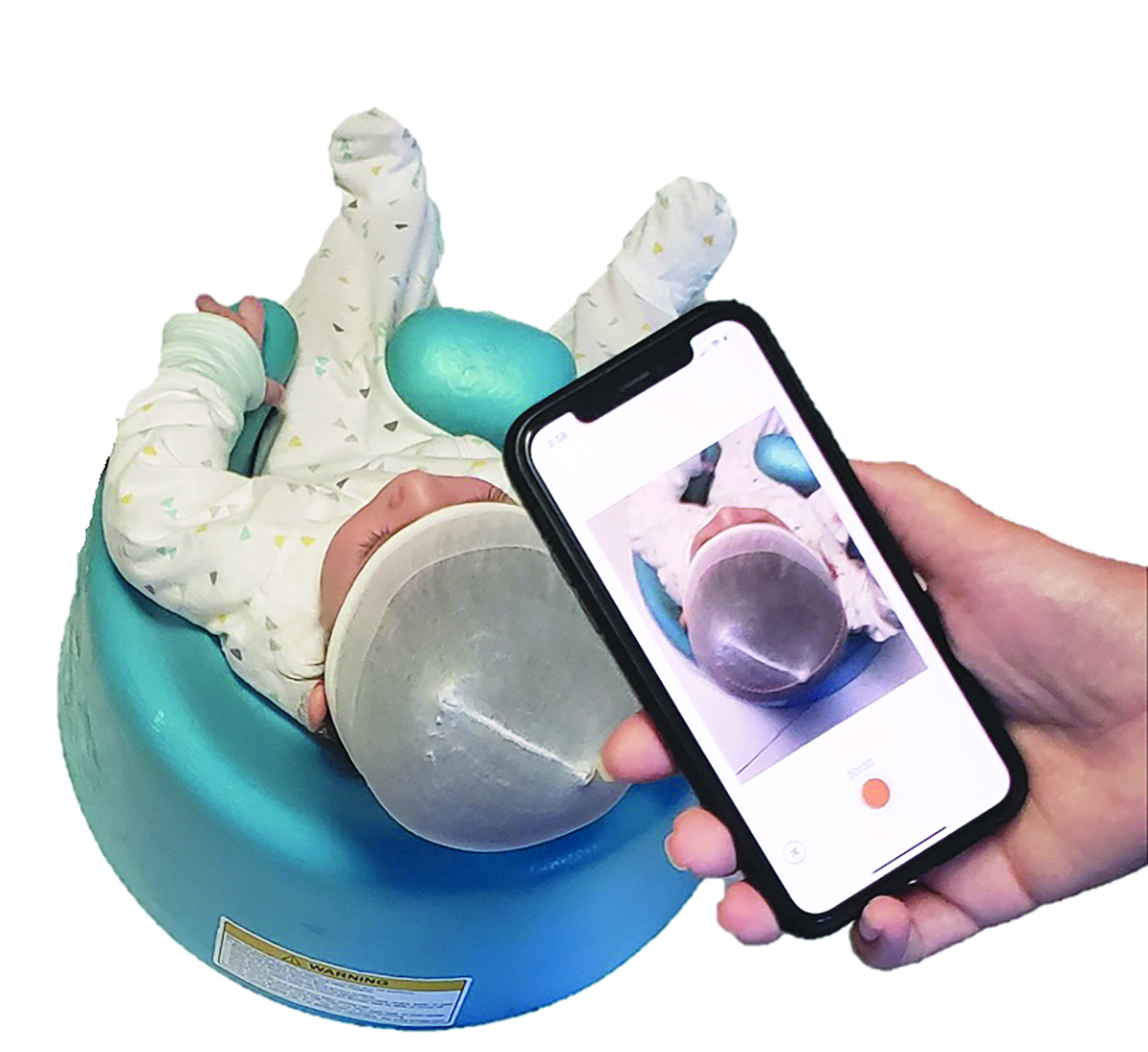
Fereshteh Aalamifar, Phd ’16, developed SoftSpot, an FDA-cleared mobile app for infant cranial measurements.
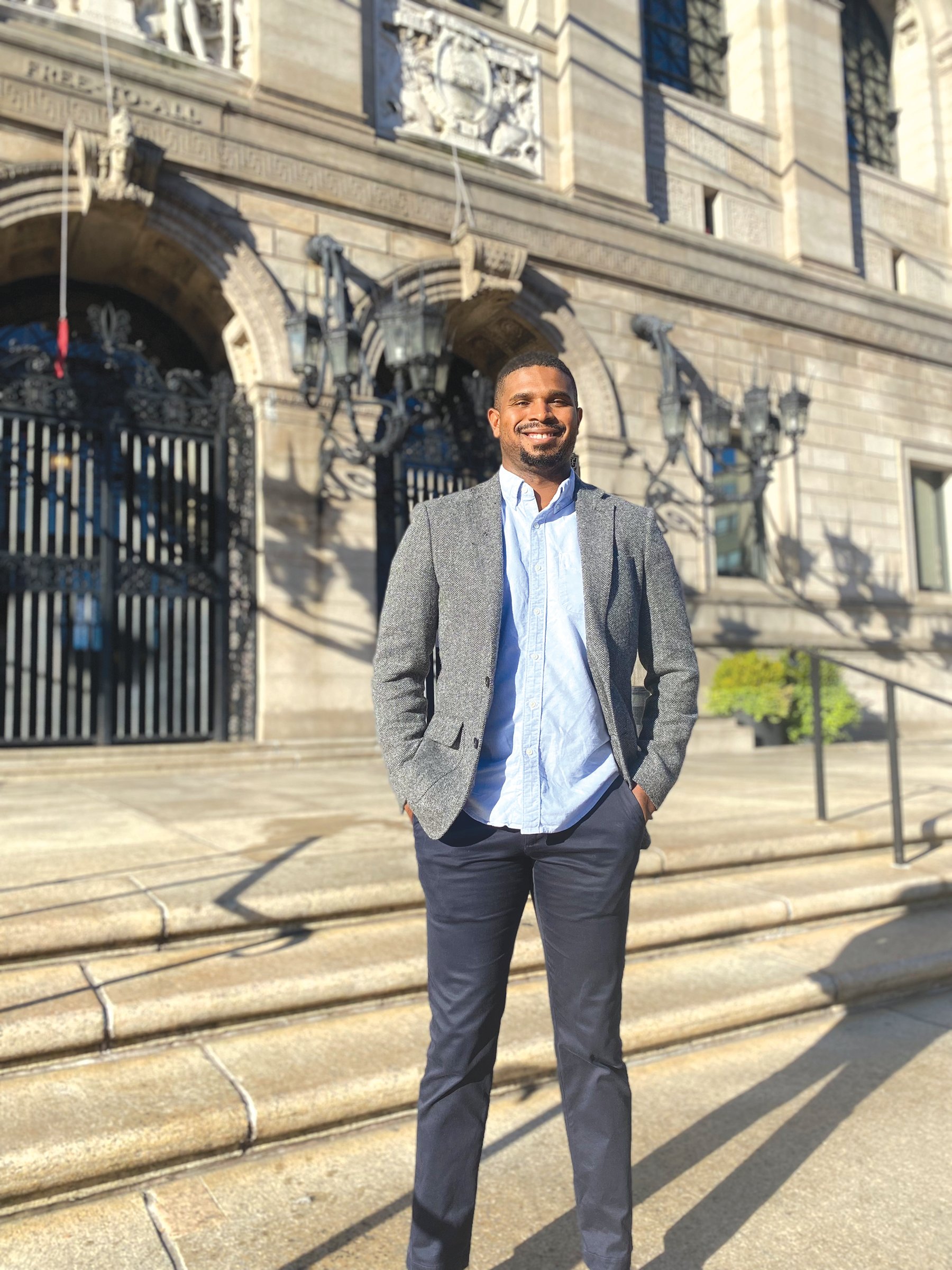
Quinton Smith, PhD ’17, recently recognized as one of Popular Science’s “Brilliant 10,” works at the intersection of engineering and stem cell biology.
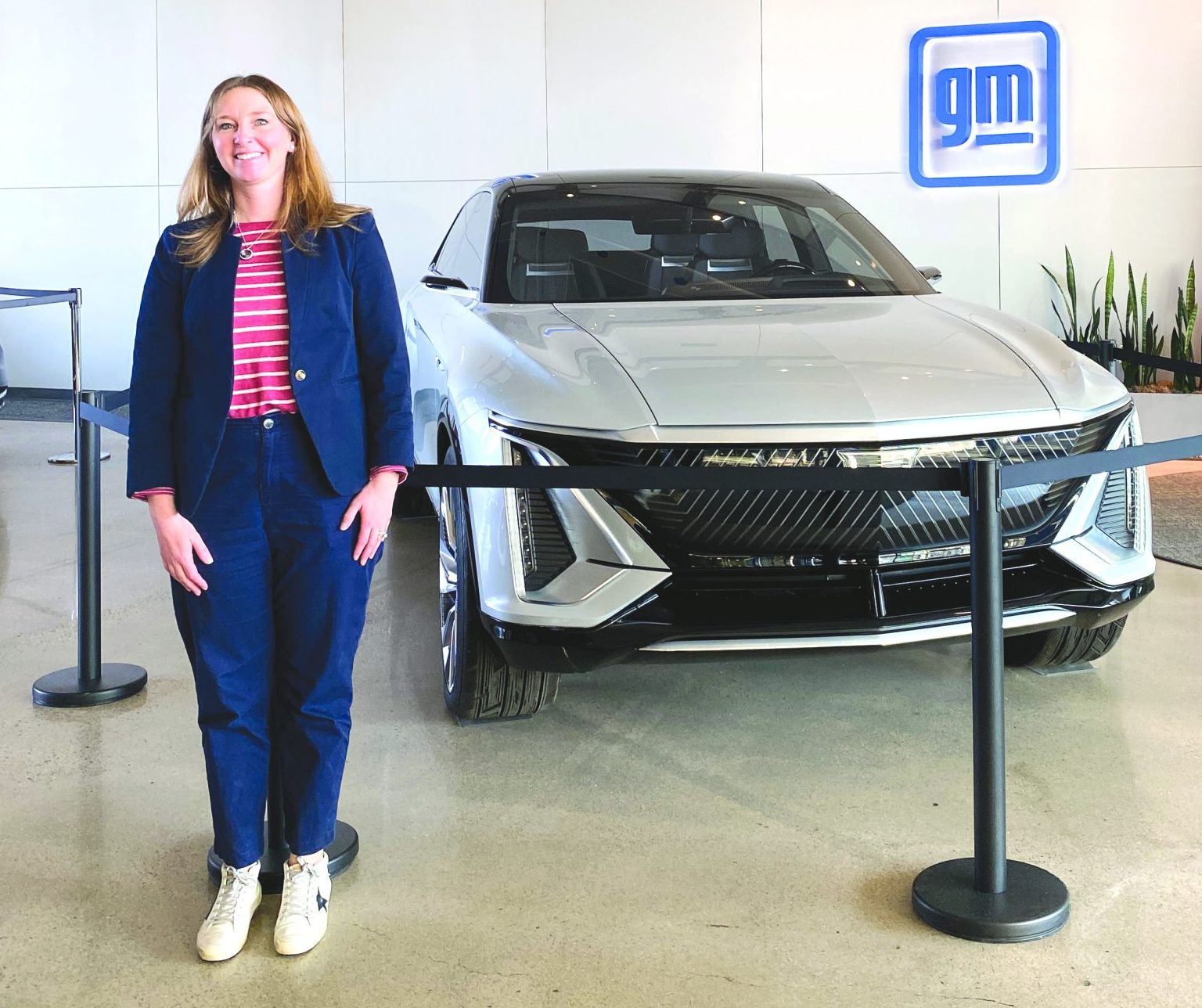
Jessica Jeffery, MS ’19, provides technical direction and regulatory guidance to GM manufacturing facilities across the country.